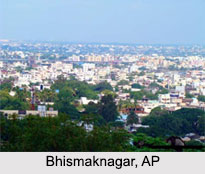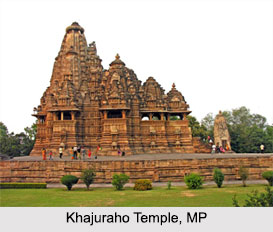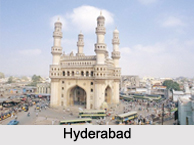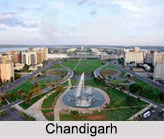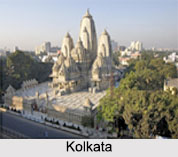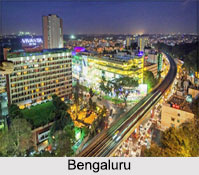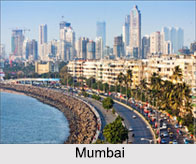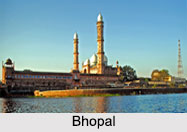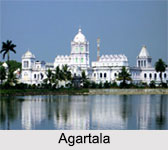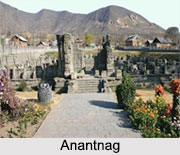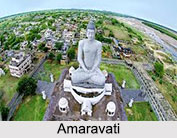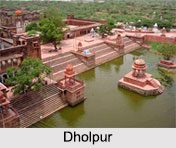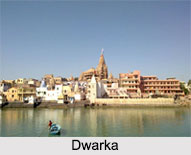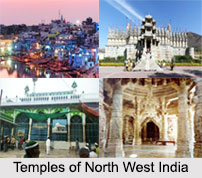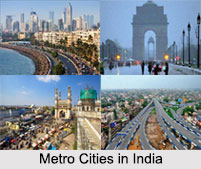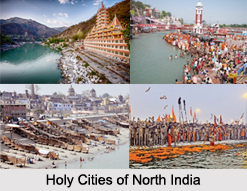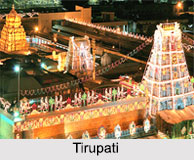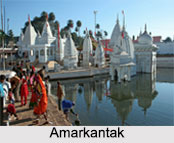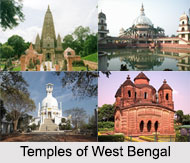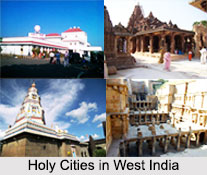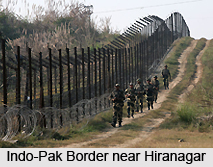 In the vast country of India , a multitude of cities and towns have developed by leaps and bounds . In the sate of Jammu and Kashmir also, one finds no dearth of cities and towns. Amongst them , the name of Hiranagar deserves mentioning. Hiranagar is a town that is located in the district of Kathua of the same state . For the administration of the Hiranagar town , a notified area committee has been formed. Today, as per reliable source , the Hiranagar town houses a rapid `Developing Industrial Estate` and also a contemporary industrial teaching institution.
In the vast country of India , a multitude of cities and towns have developed by leaps and bounds . In the sate of Jammu and Kashmir also, one finds no dearth of cities and towns. Amongst them , the name of Hiranagar deserves mentioning. Hiranagar is a town that is located in the district of Kathua of the same state . For the administration of the Hiranagar town , a notified area committee has been formed. Today, as per reliable source , the Hiranagar town houses a rapid `Developing Industrial Estate` and also a contemporary industrial teaching institution.
Certain information also have been gathered by many other experts which all are related to the town of Hiranagar . According to them , Hiranagar is acclaimed as `Tehsil HQ`. As far as the origination of Hiranagar town is concerned, a legend too is popular. Raja Hari Singh is supposed to have formed this town of Hiranagar when he was being conferred with the honorable title of Jagir of Jasrota by Maharaja Ranjit Singh of Punjab at a time period of 1834-44 AD. Also the Hiranagar was named after the Raja.
The strategic location of the Hiranagar town too is quite significant. As per the finding of the experts , Hiranagar is situated at approximately 32.45° N 75.27° E. It has an average height of 308 metres or 1010 feet.
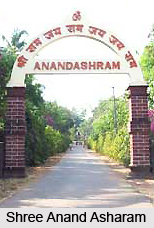 Since it is not possible to know about the place or city properly without the knowledge about the demography, the experts too have thrown some light in this regard also. In other from the demographical data, one can get to know about several aspects of the town like population status, literacy rate etc. According to the Census report that has been brought out in the year 2001, the total population of the Hiranagar town has been enumerated to be 7879. Out of it, males comprise of 56 percent , while the female populace constitutes of 44 percent . In Hiranagar town , 12 percent of the total population is below six years of age.
Since it is not possible to know about the place or city properly without the knowledge about the demography, the experts too have thrown some light in this regard also. In other from the demographical data, one can get to know about several aspects of the town like population status, literacy rate etc. According to the Census report that has been brought out in the year 2001, the total population of the Hiranagar town has been enumerated to be 7879. Out of it, males comprise of 56 percent , while the female populace constitutes of 44 percent . In Hiranagar town , 12 percent of the total population is below six years of age.
What is also interesting to note that Hiranagar town has an average literacy rate which is even higher than that of the nation as a whole. Thus the average literacy rates of Hiranagar and India are 73 percent and 59.5 percent respectively. To be specific, male literacy rate has been constituted to be 80 percent and rate of female literacy is 65 percent .
Numerous places of interests have attracted myriads of tourists from all over the Indian subcontinent. One such is Shree Anand Asharam that is located in Suba Chak, which lies quite nearby of Hiranagar.It is located at the base of small hills with a vast landscape on its northern part , hills on the south-eastern part and also ancient fort behind it. In Hiranagar, the founder of this Asharam has been named as " Swamy Dr Omanand Maharaj.
